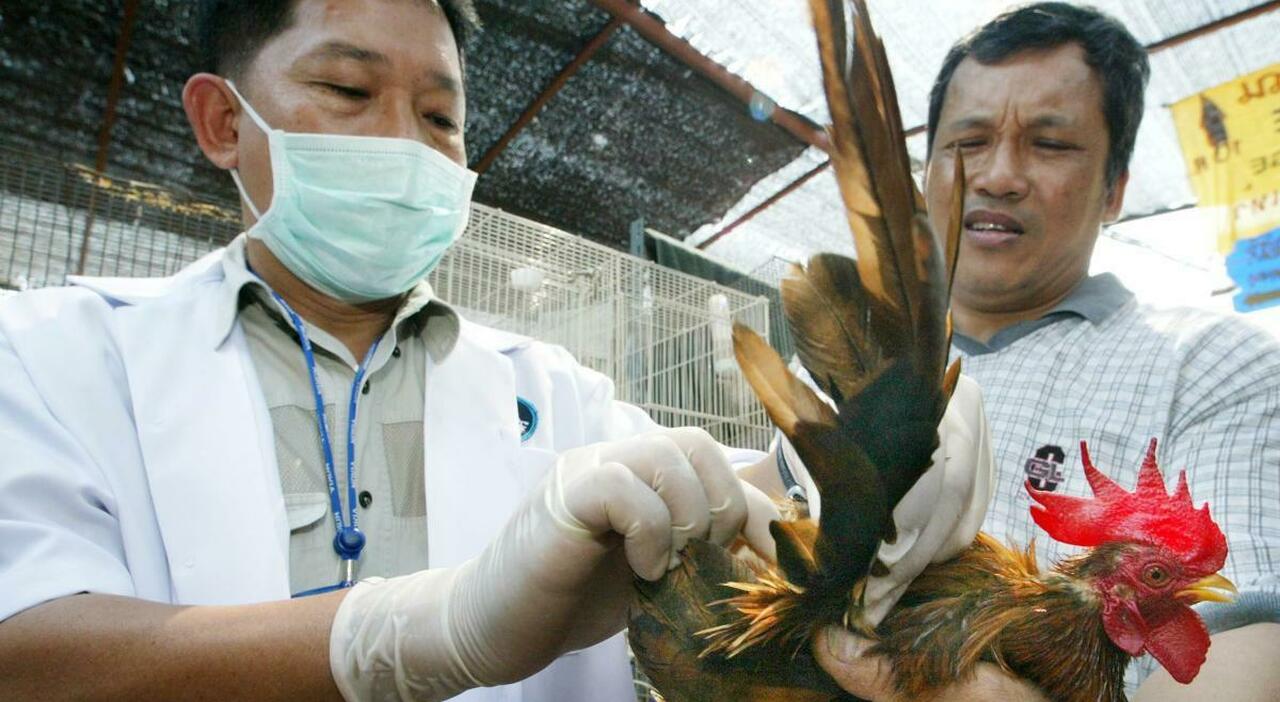Not just cattle and birds: among those infected by avian flu, according to what the New York Times reports, also mammals such as dogs, cats, minks, polar bears, foxes, seals and sea lions up to some endangered species .
The H5N1 strain of avian influenza risks becoming endemic among US cattle, with the high probability of mutations and consequent spread among humans. This according to what was reported by a series of experts interviewed by the journal Nature. New data shows that the virus can species-jump between cows and birds, a feature that could allow it to spread across large territories.
More and more species are susceptible to the virus and as the Covid 19 pandemic has taught, the more a virus is able to circulate between animal species and the greater the possibility of mutations, improving its adaptability.
Avian flu, the WHO is preparing: «Ready for the vaccine if the situation changes». Here’s the plan
“I have never in my career seen a virus expand its range of ‘hosts’ like this,” said Troy Sutton, a virologist who studies avian and human influenza viruses at Penn State University.
Is it time to worry?
In the last 20 years, less than 1000 cases of H5N1 infection have been reported, one recently in Texas, but with a mortality rate of 52%, therefore very high, and with a strong neurotropism of the virus, i.e. with an affinity with the cells of the nervous system. But no cases of human-to-human infections have been reported. It is not known whether this will ever occur, but since it is an influenza virus, capable of undergoing strong genetic recombination, it should not be overlooked.
For this reason, eco-epidemiological surveillance is fundamental: following the evolution and habitats of the virus, as well as monitoring and evaluating transmission mechanisms is of primary importance for planning interventions and managing epidemics. Without forgetting that 70% of emerging infectious diseases that affect humans derive from the animal world, so history teaches that the risk to human health remains potential but, as stated by the WHO, World Health Organization, and the Woah , World Organization for Animal Health not entirely impossible.
Therefore collaboration between the various sectors of animal and human health is desirable, in what would be an example of a One–Health approach.
© ALL RIGHTS RESERVED
